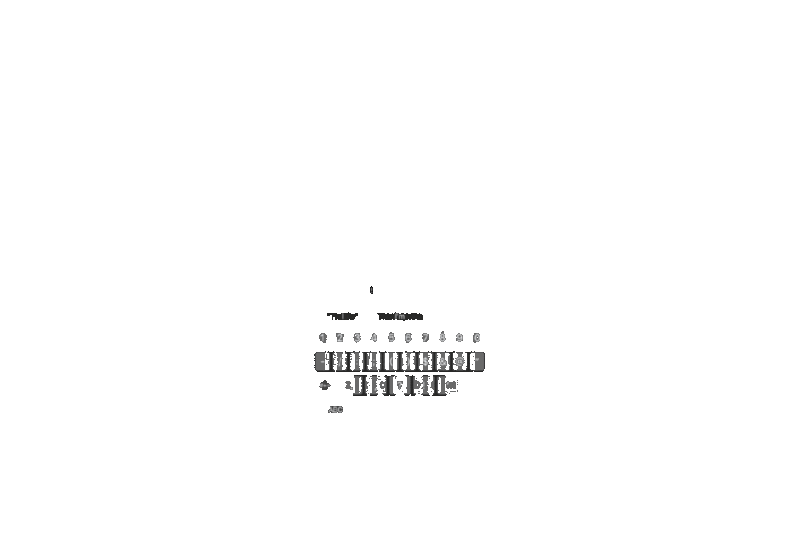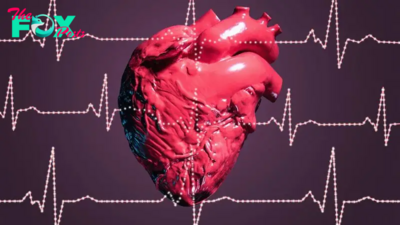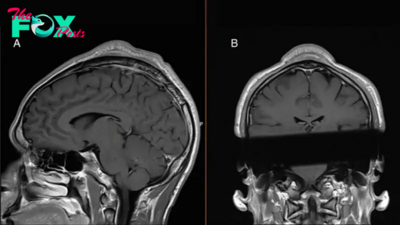Health
Early development is inherently 'chaotic,' new atlas of mammal embryos reveals
Scientists have created a comprehensive "atlas" of what early embryonic development looks like in mammals, showcasing how a fertilized egg transforms into a complex organism with a distinctive shape and structure.
The new research shows that the initial stages of development — in which the fertilized egg divides a number of times, going from one cell to two, four, and then eight — is highly chaotic.
In other words, this early cell division appears to be very random, in terms of the timing of each split and the orientation of the resulting cells. As a result, the shape of an embryo from one member of a species will look very different to another. This is unlike what's seen in other Animals, such as the tiny roundworm Caenorhabditis elegans or sea squirts, whose early development is tightly regulated and thus unfolds similarly every time.
Related: Should we rethink our legal definition of a human embryo?
Once a maMMAl embryo contains eight cells, though, something shifts.
Computational modeling from the new study revealed that a switch occurs at this stage, bringing a sense of order and uniformity to what was once chaos. The dividing cells begin efficiently packaging themselves together, leading to the formation of an embryo with an organized structure and shape that is common among mammals.
This step is critical because this common structure will then give rise to all the tissues and organs in the final, full-fledged organism — a process known as morphogenesis.
-

 Health4h ago
Health4h agoHow Colorado is trying to make the High Line Canal a place for everyone — not just the wealthy
-

 Health14h ago
Health14h agoWhat an HPV Diagnosis Really Means
-

 Health19h ago
Health19h agoThere’s an E. Coli Outbreak in Organic Carrots
-

 Health1d ago
Health1d agoCOVID-19’s Surprising Effect on Cancer
-

 Health1d ago
Health1d agoColorado’s pioneering psychedelic program gets final tweaks as state plans to launch next year
-

 Health2d ago
Health2d agoWhat to Know About How Lupus Affects Weight
-

 Health5d ago
Health5d agoPeople Aren’t Sure About Having Kids. She Helps Them Decide
-

 Health5d ago
Health5d agoFYI: People Don’t Like When You Abbreviate Texts



























